Sealife guideSharks: guardians of the oceanMarine vertebrates
Last updated on 08/22/2025 at 10:42 PM
Sharks, like rays, belong to the class of chondrichthyans, which includes all cartilaginous fish. Within this class, sharks are part of the subclass of elasmobranchs.
Classification
Sharks are classified into eight orders, mainly according to the shape and arrangement of their different fins:
- the order Carcharhiniformes29 species
- the order Hétérodontiformes4 species
- the order Hexanchiformes2 species
- the order Lamniformes6 species
- the order Orectolobiformes11 species
- the order Pristiophoriformes0 species
- the order Squaliformes3 species
- the order Squatiniformes2 species
Explore the sharks of the order Carcharhiniformes, the largest shark group, characterized by their nictitating membranes, diverse sizes and varied diets ranging from small fish to marine mammals.
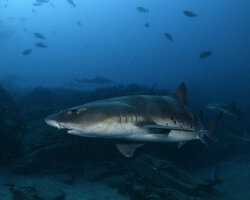
Banded houndshark
(Triakis scyllium)
(Triakis scyllium)
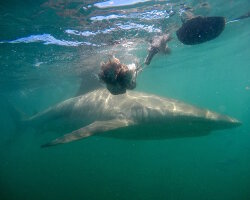
Copper shark
(Carcharhinus brachyurus)
(Carcharhinus brachyurus)
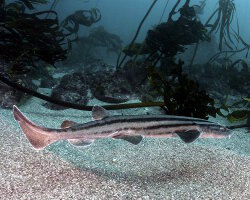
Pyjama shark
(Poroderma africanum)
(Poroderma africanum)
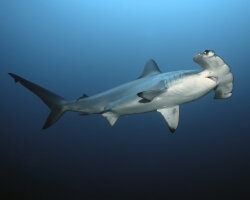
Scalloped hammerhead
(Sphyrna lewini)
(Sphyrna lewini)
Explore the sharks of the order Heterodontiformes, known for their distinctive blunt heads and unique teeth, which help them crush hard-shelled prey like sea urchins and mollusks.
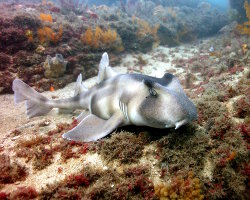
Crested hornshark
(Heterodontus galeatus)
(Heterodontus galeatus)
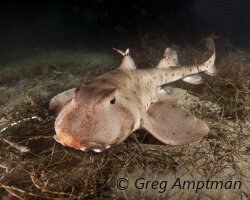
Horn shark
(Heterodontus francisci)
(Heterodontus francisci)

Port Jackson shark
(Heterodontus portusjacksoni)
(Heterodontus portusjacksoni)
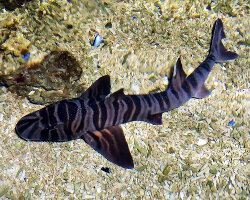
Zebra bullhead shark
(Heterodontus zebra)
(Heterodontus zebra)
Discover the sharks of the order Hexanchiformes, easily recognized by their six or seven gill slits, ancient lineage and deep-sea habitats.
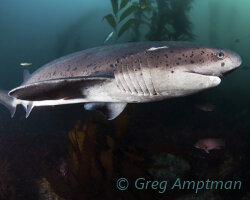
Broadnose sevengill shark
(Notorynchus cepedianus)
(Notorynchus cepedianus)

Frilled shark
(Chlamydoselachus anguineus)
(Chlamydoselachus anguineus)
Explore the sharks of the order Lamniformes, known for their large size, powerful swimming and iconic species like the great white and mako sharks.
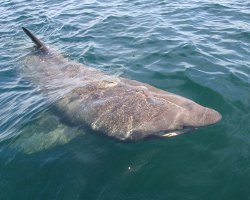
Basking Shark
(Cetorhinus maximus)
(Cetorhinus maximus)
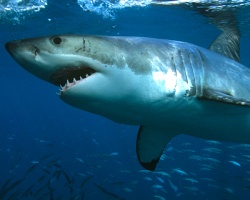
Great white shark
(Carcharodon carcharias)
(Carcharodon carcharias)
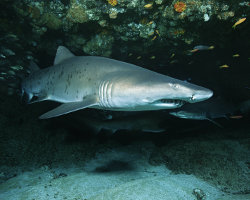
Sand tiger shark
(Carcharias taurus)
(Carcharias taurus)
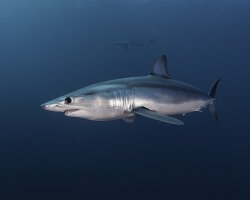
Short fin mako
(Isurus oxyrinchus)
(Isurus oxyrinchus)
Explore the sharks of the order Orectolobiformes, also called carpet sharks, including species like the whale shark and bamboo sharks, often found resting on the sea floor or camouflaged among reefs.
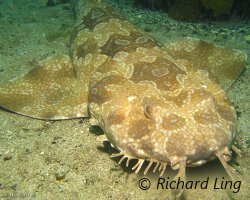
Spotted wobbegong
(Orectolobus maculatus)
(Orectolobus maculatus)
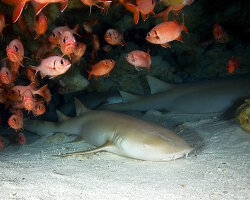
Tawny nurse shark
(Nebrius ferrugineus)
(Nebrius ferrugineus)
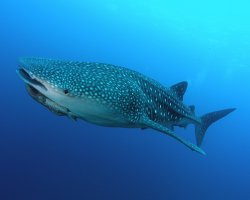
Whale shark
(Rhincodon typus)
(Rhincodon typus)
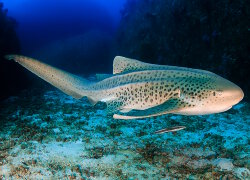
Zebra shark
(Stegostoma fasciatum)
(Stegostoma fasciatum)
Explore the sharks of the order Pristiophoriformes, also known as sawsharks, recognized by their long, toothed snouts used to detect and capture prey on the sea floor.
Explore the sharks of the order Squaliformes, commonly called dogfish sharks, which are small to medium-sized deep-sea sharks known for their spiny dorsal fins and slow, stealthy movements.
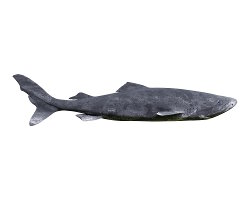
Greenland shark
(Somniosus microcephalus)
(Somniosus microcephalus)
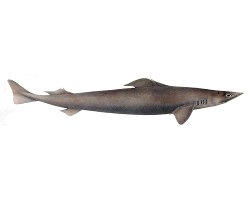
Leafscale gulper shark
(Centrophorus squamosus)
(Centrophorus squamosus)
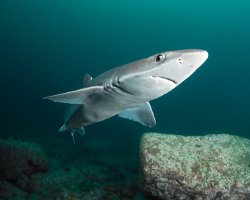
Spiny dogfish
(Squalus acanthias)
(Squalus acanthias)
Explore the sharks of the order Squatiniformes, known as angel sharks, which have flattened bodies and broad pectoral fins, allowing them to lie camouflaged on the sea floor while waiting to ambush prey.
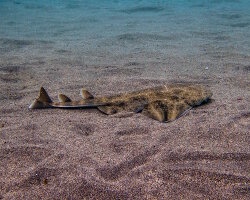
Common angelshark
(Squatina squatina)
(Squatina squatina)
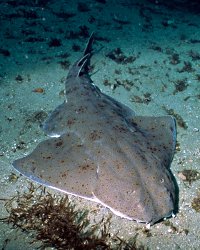
Pacific angelshark
(Squatina californica)
(Squatina californica)
Description
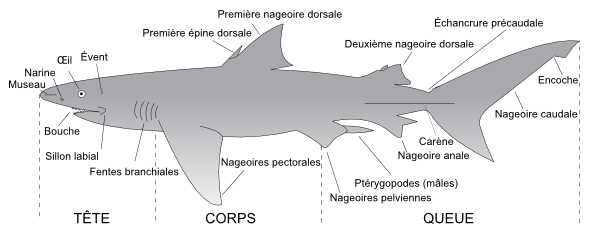
Shark anatomy
Geographic range and habitat
Sharks are found in all the world's seas and oceans, across all latitudes and at all depths: from warm tropical waters to icy polar waters, from shallow waters along coasts and coral reefs to the deep sea !
Some shark species are pelagic, while others are benthic and live resting on the seafloor.
Diet
Most often resting during the day, sharks feed mainly at night, when they are most active in searching for prey.
Sharks are top predators at the apex of the marine ecosystem's food chain. Their diet is mainly carnivorous but highly varied: mollusks for nurse sharks, squid, octopuses, fish of all sizes, sea lions, seals and even plankton for the whale shark and the basking shark.
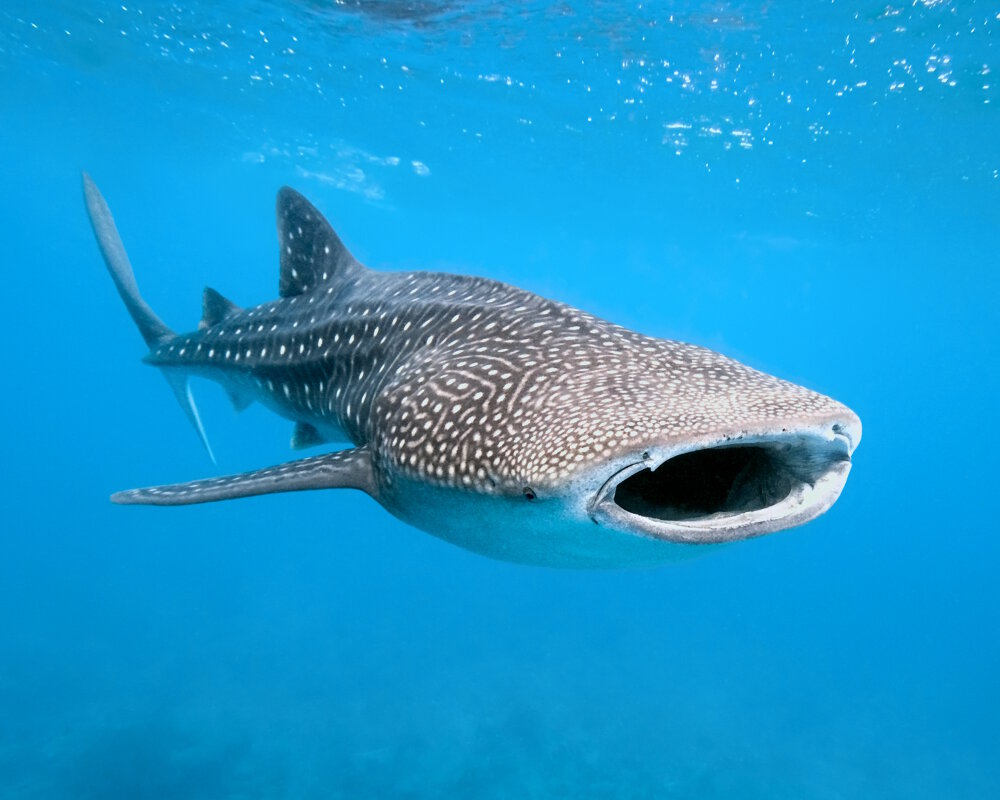
The whale shark feeds only on plankton ! © Krzysztof Odziomek | Dreamstime.com
To protect their eyes when attacking prey, some sharks like the great white shark can roll their eyes back, while others like the tiger shark have a very strong, semi-transparent nictitating membrane that covers their eyes like a third eyelid !
Reproduction
Typically in fish, fertilization is external after the release of male and female gametes into seawater. Sharks, however, are an exception to this rule and have internal fertilization. The male shark's pelvic fins have evolved into reproductive organs called claspers.
All sharks have internal fertilization, but the development and feeding of the embryo vary depending on the species. Some sharks are oviparous, others are ovoviviparous, the most common reproductive mode and a few are viviparous, such as the lemon shark.
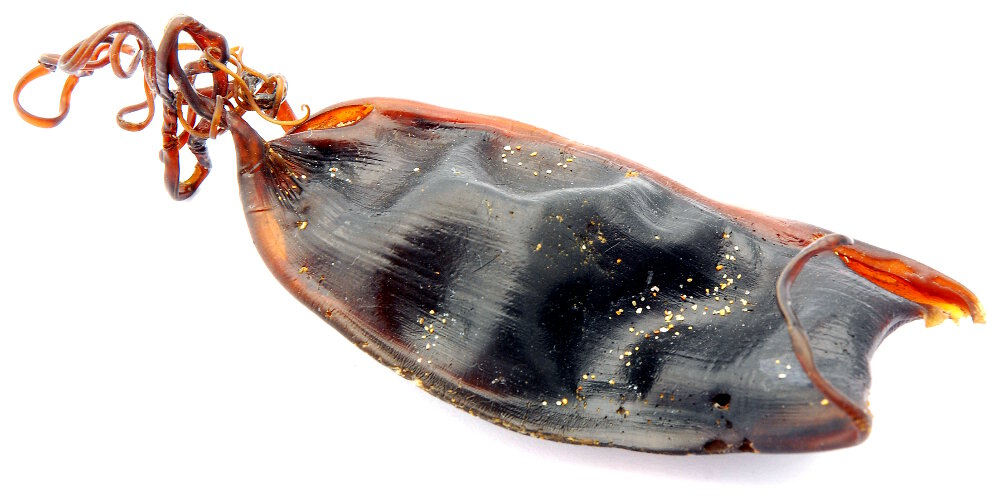
The capsule containing the shark egg is called a mermaid's purse © Anke Van Wyk | Dreamstime.com
For oviparous sharks, the eggs are enclosed in small transparent sac-like capsules. These capsules are called « mermaid's purses ».
Did you know?
- There are currently more than 380 species of sharks worldwide !
- The largest fish is a shark: the whale shark, measuring up to 65 feet long !
Discover sharks
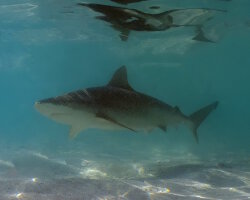
Blacknose shark
(Carcharhinus acronotus)
(Carcharhinus acronotus)
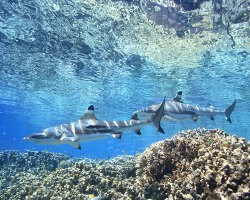
Blacktip reef shark
(Carcharhinus melanopterus)
(Carcharhinus melanopterus)
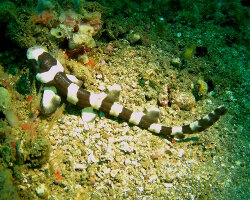
Brownbanded bamboo shark
(Chiloscyllium punctatum)
(Chiloscyllium punctatum)
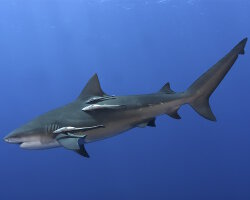
Bull shark
(Carcharhinus leucas)
(Carcharhinus leucas)

Common angelshark
(Squatina squatina)
(Squatina squatina)
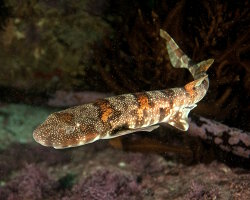
Dark shyshark
(Haploblepharus pictus)
(Haploblepharus pictus)
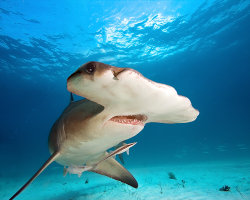
Great hammerhead shark
(Sphyrna mokarran)
(Sphyrna mokarran)

Greenland shark
(Somniosus microcephalus)
(Somniosus microcephalus)
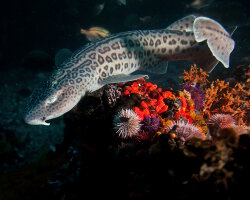
Leopard catshark
(Poroderma pantherinum)
(Poroderma pantherinum)

Port Jackson shark
(Heterodontus portusjacksoni)
(Heterodontus portusjacksoni)
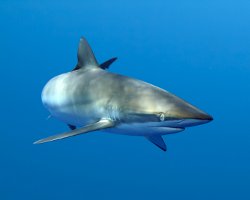
Silky Shark
(Carcharhinus falciformis)
(Carcharhinus falciformis)

Spiny dogfish
(Squalus acanthias)
(Squalus acanthias)

Spotted wobbegong
(Orectolobus maculatus)
(Orectolobus maculatus)

Tawny nurse shark
(Nebrius ferrugineus)
(Nebrius ferrugineus)
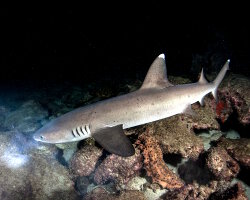
Whitetip reef shark
(Triaenodon obesus)
(Triaenodon obesus)

Zebra bullhead shark
(Heterodontus zebra)
(Heterodontus zebra)
Latest news on sharks
Our latestUpdates
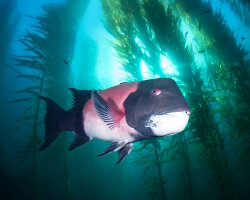
Thursday, October 2nd 2025
The California sheephead
Discover the California sheephead, a colorful fish of the eastern Pacific. Learn about its appearance, diet, habitat in kelp forests, unique sex-changing ability and role in marine ecosystems.

Monday, September 29th 2025
The banded guitarfish
Discover the banded guitarfish, a benthic eastern Pacific species with unique camouflage, living on sandy and rocky bottoms.
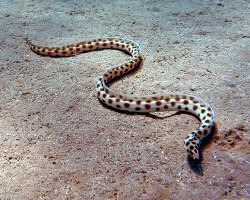
Thursday, September 25th 2025
The tiger snake eel
Explore the tiger snake eel (Myrichthys maculosus), featuring a creamy to pale yellow body dotted with black spots, and learn about its habitat, behavior and role in coral reef ecosystems.
Photo of the Day

Salmacine
(Filograna implexa)
(Filograna implexa)
